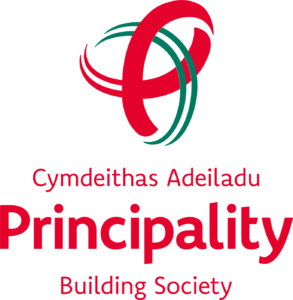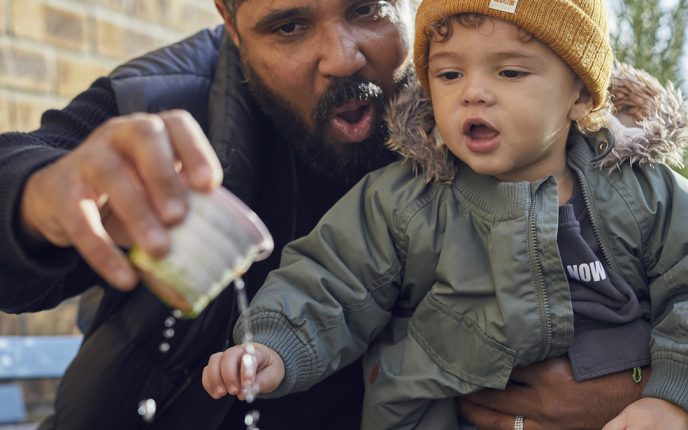Lead Charity NSPCC’s Look, Say, Sing, Play Campaign
What is Look Say Sing Play:
Look, Say, Sing, Play is the NSPCC’s campaign to help parents and carers have higher quality interactions with their baby throughout their daily routines. By giving them the understanding, tools, and confidence they need to make this happen – we can make a difference without adding any pressure to their busy lives.
It’s aimed at parents and carers of children under two, with an emphasis on starting as early as possible – building their baby’s brain right from birth. We know that they’re already interacting with their baby throughout the day, but we want to arm them with the knowledge of how they can make the most of these moments and why they are so important.
The ultimate aim is to help parents give their child the
best start in life – both by building their brain and strengthening the bond
between parent and child.
Why is it important?
During your child’s earliest years, their brain makes 1 million neural connections every single second. Positive, supportive experiences with parents and other adults are important to their brain development. But it’s not about just singing or talking at your baby. Brain-building happens when you and your little one are interacting with each other. It’s about taking a cue from them, and reacting to what they’re doing. You could think of it like a game of tennis – going back and forth between the two of you.
Try a tip:
| Tip name | Tip | The science bit |
| Exercise Buddy | Invite your child to help you do some exercise. Hold them and do sit-ups fast and then slow and talk about the speed with them. Do leg lifts and raise your leg above their head then back to the ground, talking about their size as you do. What else can you do? | Exercise and other physical play provide ways to deepen your relationship with your child and build the trust and love between you. Your loving relationship is the fuel for their brain. |
| Homemade Obstacle Course | Make an obstacle course today! Line up a few pillows for a jump or use the table as a tunnel. Lines on the floor could even become a tightrope. Try one or two of these and then add on some of your own! Talk to your child about what they’re doing as they do it! | As your child moves around the obstacle course, they’re learning concepts like over, under, into, along, up, and down—all through their senses. They’re also gaining control of how and when they move, which is an important step in building self-control. |
| Homemade PE | What is your child trying to learn to do physically? Crawl over things? Set up a way for them to practice, like putting pillows down for them to crawl over and around. Or if they’re trying to stand up, hold up your hand to grab. Make it a game together! | Your child learns best when you watch them to see what they’re trying to learn and then provide opportunities for them to practice what they’re working on. This kind of meaningful learning keeps the fire for learning that they’re born with burning inside them. |














